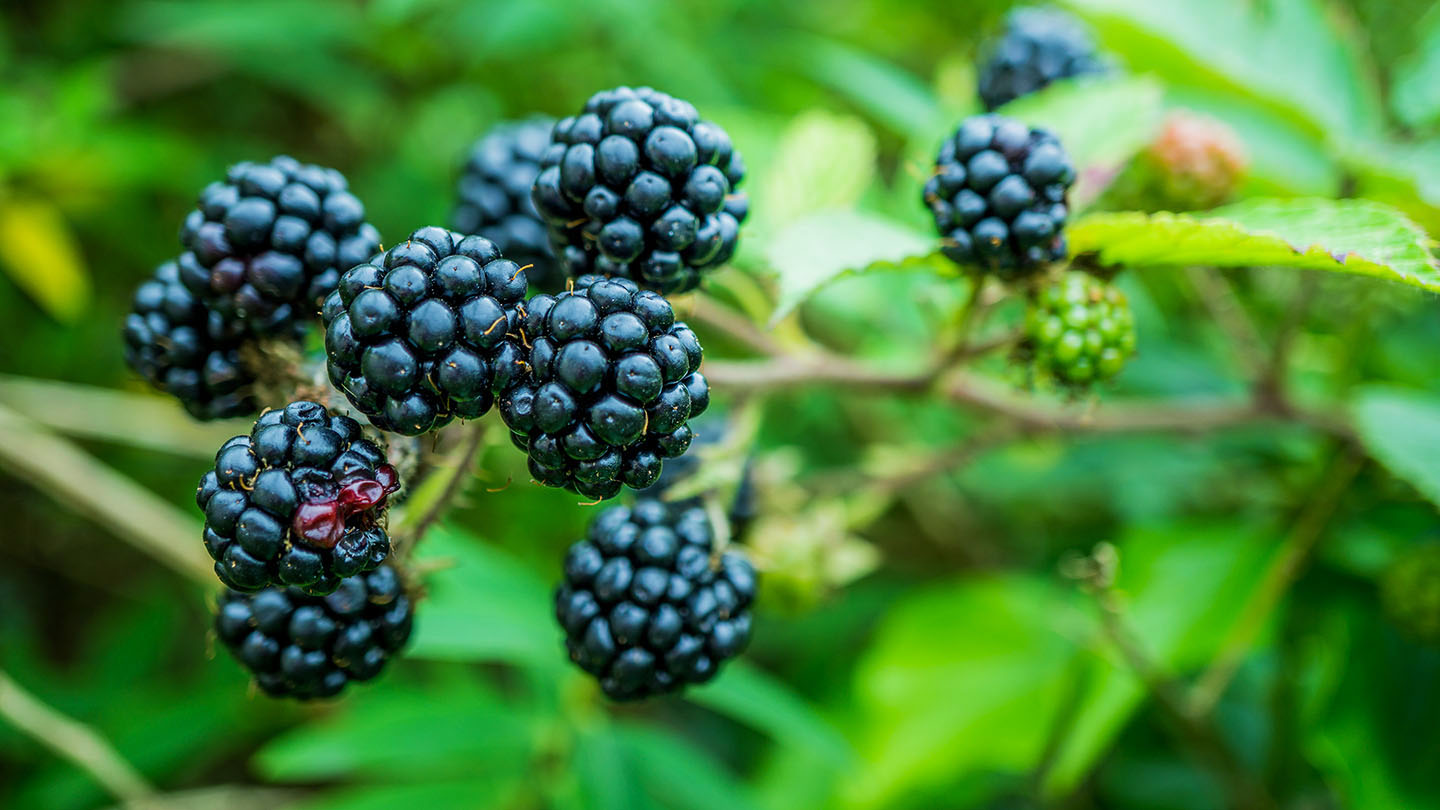
Brambleclaw, a character from the popular "Warriors" series by Erin Hunter, has captured the hearts of many readers. But what makes him so special? Brambleclaw is a brave and loyal warrior cat from ThunderClan, known for his determination and leadership skills. He plays a crucial role in the series, often finding himself in the middle of intense battles and complex clan politics. Born to Tigerstar and Goldenflower, Brambleclaw carries the weight of his father's dark legacy while striving to forge his own path. His journey from a young apprentice to a respected leader is filled with challenges, friendships, and personal growth. Whether you're a longtime fan or new to the series, these 32 facts about Brambleclaw will give you a deeper understanding of this fascinating character.
Bramble: The Basics
Bramble, often known as the wild blackberry, is a fascinating plant with many intriguing aspects. Let's dive into some interesting facts about this resilient and versatile plant.
- Bramble belongs to the genus Rubus, which includes over 700 species.
- It is native to Europe but has spread to many parts of the world.
- Bramble plants are known for their thorny stems, which can make harvesting their berries a bit tricky.
- The berries are not true berries but aggregate fruits, composed of many small drupelets.
- Bramble plants can grow in a variety of environments, from woodlands to hedgerows.
- They are perennial plants, meaning they live for more than two years.
- Bramble flowers are usually white or pink and bloom in late spring to early summer.
- The plant's leaves are typically green and have a serrated edge.
Bramble's Role in Nature
Bramble plays a significant role in its ecosystem, providing food and shelter for various animals and insects.
- Birds, such as thrushes and blackbirds, love to eat bramble berries.
- The dense thickets formed by bramble plants offer excellent nesting sites for birds.
- Bees and other pollinators are attracted to bramble flowers, aiding in pollination.
- Small mammals, like hedgehogs and rabbits, use bramble thickets as protection from predators.
- Bramble roots help prevent soil erosion by stabilizing the ground with their extensive root systems.
- The plant can act as a pioneer species, colonizing disturbed or barren land and paving the way for other plants to grow.
Bramble in Human Culture
Humans have utilized bramble for various purposes throughout history, from food to medicine.
- Bramble berries are rich in vitamins C and K, making them a healthy addition to the diet.
- They can be eaten fresh, made into jams, or used in desserts like pies and crumbles.
- Bramble leaves have been used in traditional medicine to treat ailments such as sore throats and digestive issues.
- The plant's roots and leaves can be made into a tea believed to have anti-inflammatory properties.
- In folklore, bramble thickets were thought to ward off evil spirits and witches.
- The plant has been used to create natural dyes, with the berries producing a range of colors from purple to blue.
Bramble's Growth and Reproduction
Understanding how bramble grows and reproduces can help in managing this sometimes invasive plant.
- Bramble plants spread through both seeds and vegetative reproduction.
- Birds and animals that eat the berries help disperse the seeds over wide areas.
- The plant can also propagate through its roots and stems, which can take root when they touch the ground.
- Bramble can form dense thickets that can be difficult to remove once established.
- Pruning bramble plants can help control their growth and encourage the production of more berries.
- The plant's thorny stems can make it challenging to manage, but wearing protective clothing can help.
Fun and Unusual Facts about Bramble
Bramble has some quirky and lesser-known facts that make it even more interesting.
- The scientific name for the common bramble is Rubus fruticosus.
- Bramble plants can live for up to 25 years in the wild.
- The plant's thorns are technically called "prickles," which are modified epidermal cells.
- Bramble berries have been found in the stomachs of ancient human remains, indicating their long history as a food source.
- The plant's name "bramble" comes from the Old English word "bremel."
- Bramble is related to other popular fruits like raspberries and dewberries, all part of the Rubus genus.
Bramble Cay Melomys: A Tale of Extinction
The Bramble Cay Melomys serves as a stark reminder of the fragility of our planet's ecosystems. This small rodent, once thriving on a tiny island, fell victim to rising sea levels and habitat loss. Its extinction marks the first mammal species wiped out by human-induced climate change. This sad tale underscores the urgent need for environmental conservation and climate action.
Protecting endangered species and their habitats is crucial. Every creature, no matter how small, plays a role in the biodiversity of our world. The Bramble Cay Melomys' story should inspire us to take meaningful steps toward preserving our planet for future generations. Let's learn from this loss and work together to ensure that other species don't face the same fate. Conservation efforts and sustainable practices can make a difference.
Was this page helpful?
Our commitment to delivering trustworthy and engaging content is at the heart of what we do. Each fact on our site is contributed by real users like you, bringing a wealth of diverse insights and information. To ensure the highest standards of accuracy and reliability, our dedicated editors meticulously review each submission. This process guarantees that the facts we share are not only fascinating but also credible. Trust in our commitment to quality and authenticity as you explore and learn with us.
